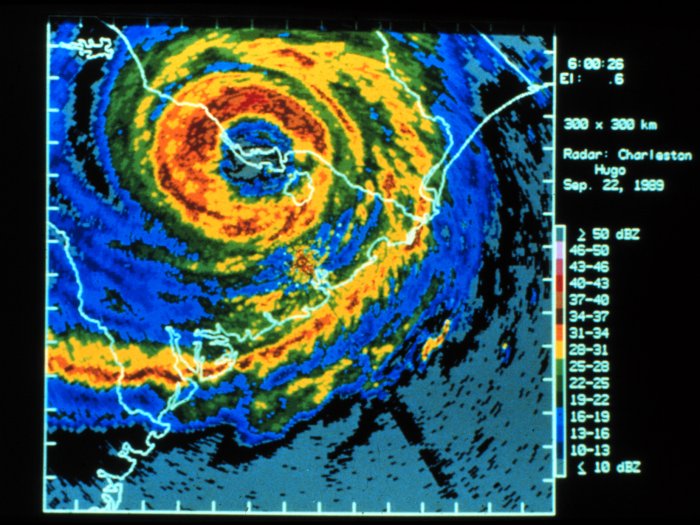WHAT IS
HUMIDITY?
Humidity is the amount of water vapor
in the air. Water vapor particles are so small that they float because they are
gaseous.
Absolute humidity is the amount of
water vapor in a given volume of air, usually measured in grams per cubic meter. Since air can hold
different amounts of moisture at different temperatures, relative humidity is commonly
reported. Relative humidity is simply the percentage of water vapor currently in the air,
compared to the maximum amount of water vapor it could potentially hold. So, 50% relative humidity
means that the air is holding about half as much moisture as it is capable of holding at the
present temperature and atmospheric pressure levels.
Simply speaking, the higher the
temperature, the more moisture the air can hold. As the temperature falls in the evening, the
air is able to hold less moisture. When the temperature falls to a point where the air
can hold no more moisture, the relative humidity is 100%.
At 100% relative humidity, moisture will begin to condense
out of the air when it touches surfaces, such as grass, plants, windows, etc. This is
what we call dew.
High humidity near 100% may take the form of
fog.
There are a number of ways to measure humidity and
report humidity levels, using special tools called psychrometers
designed to measure and quantify such things. Psychrometers and psychrometric tables or
psychrometric calculators are used by meteorologists to determine "dew point", which is
the temperature at which the air is saturated with water. Dew Point relates directly
to "relative humidity" a more meaningful to the general
public
Our website is dedicated to promoting interest in and better understanding of weather. WeatherWing
has been the #1 Weather Observer Certification Training source for Oil and Aviation Interests in
the Gulf of Mexico since 1998.
Source: http://WeatherWing.com
Copyright 2007 all rights reserved
|



 Twitter
Twitter Technorati
Technorati Stumbleupon
Stumbleupon Google Bookmarks
Google Bookmarks Facebook
Facebook Digg
Digg Blogmarks
Blogmarks Delicious
Delicious BlinkList
BlinkList Yahoo My Web
Yahoo My Web